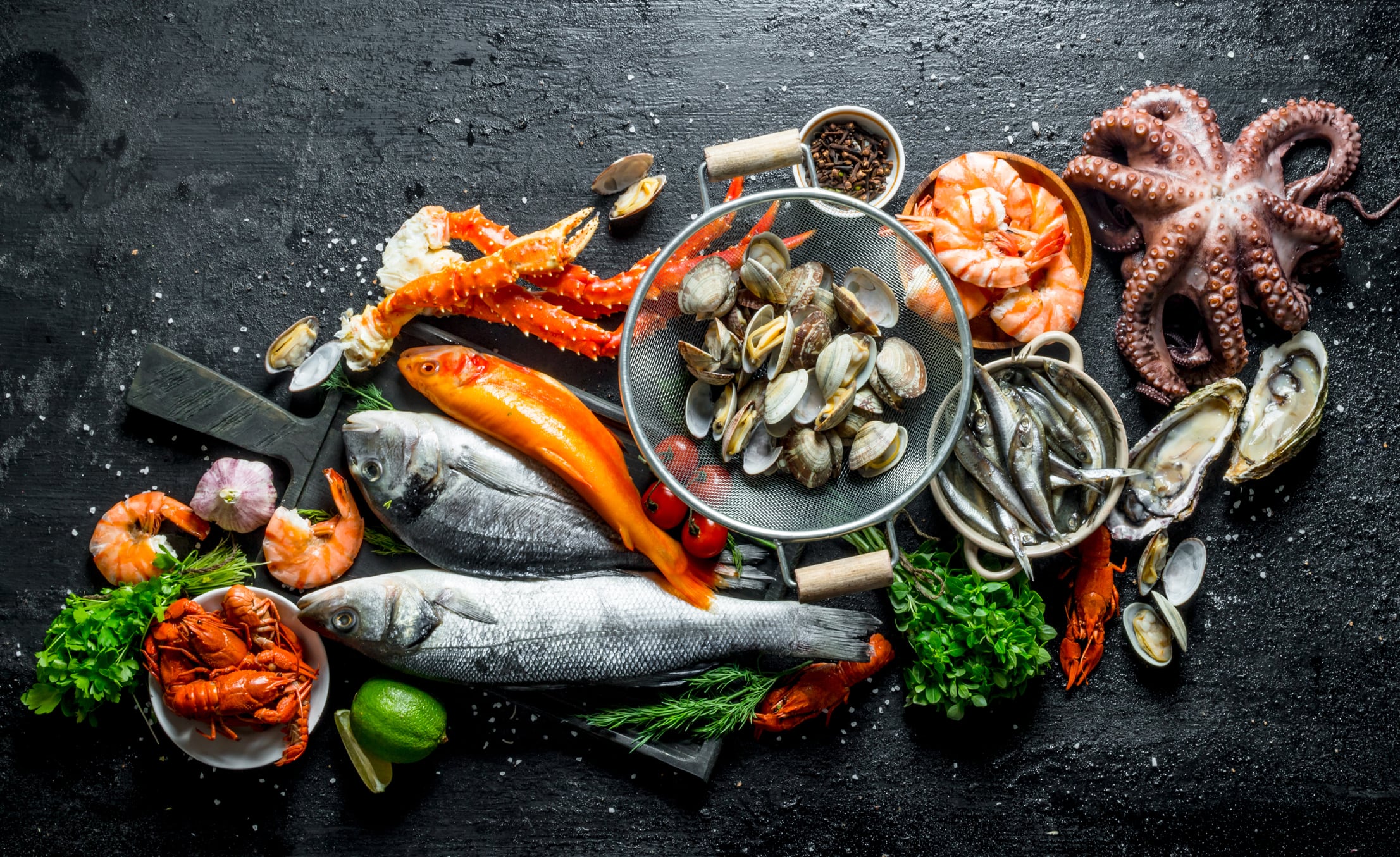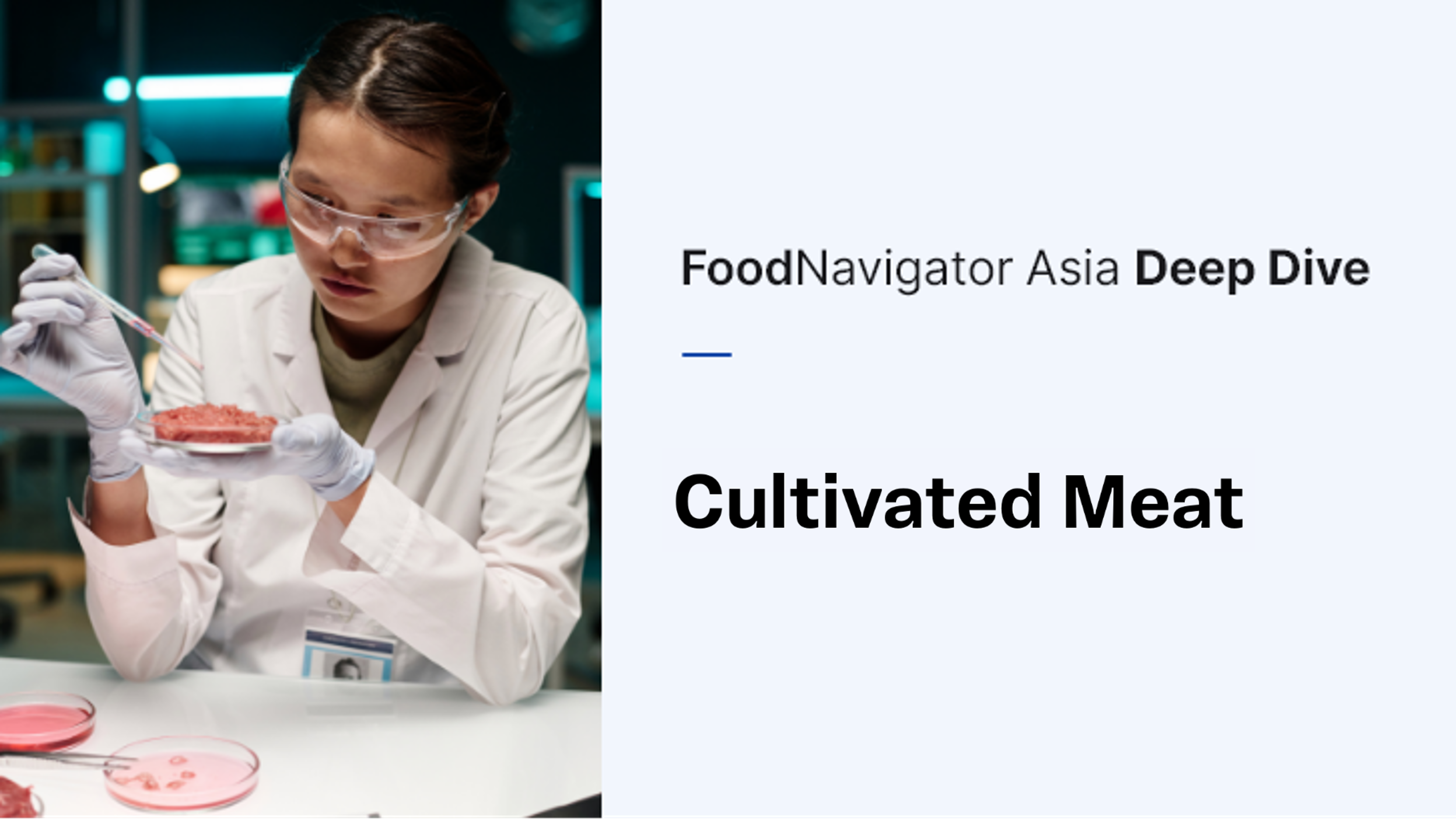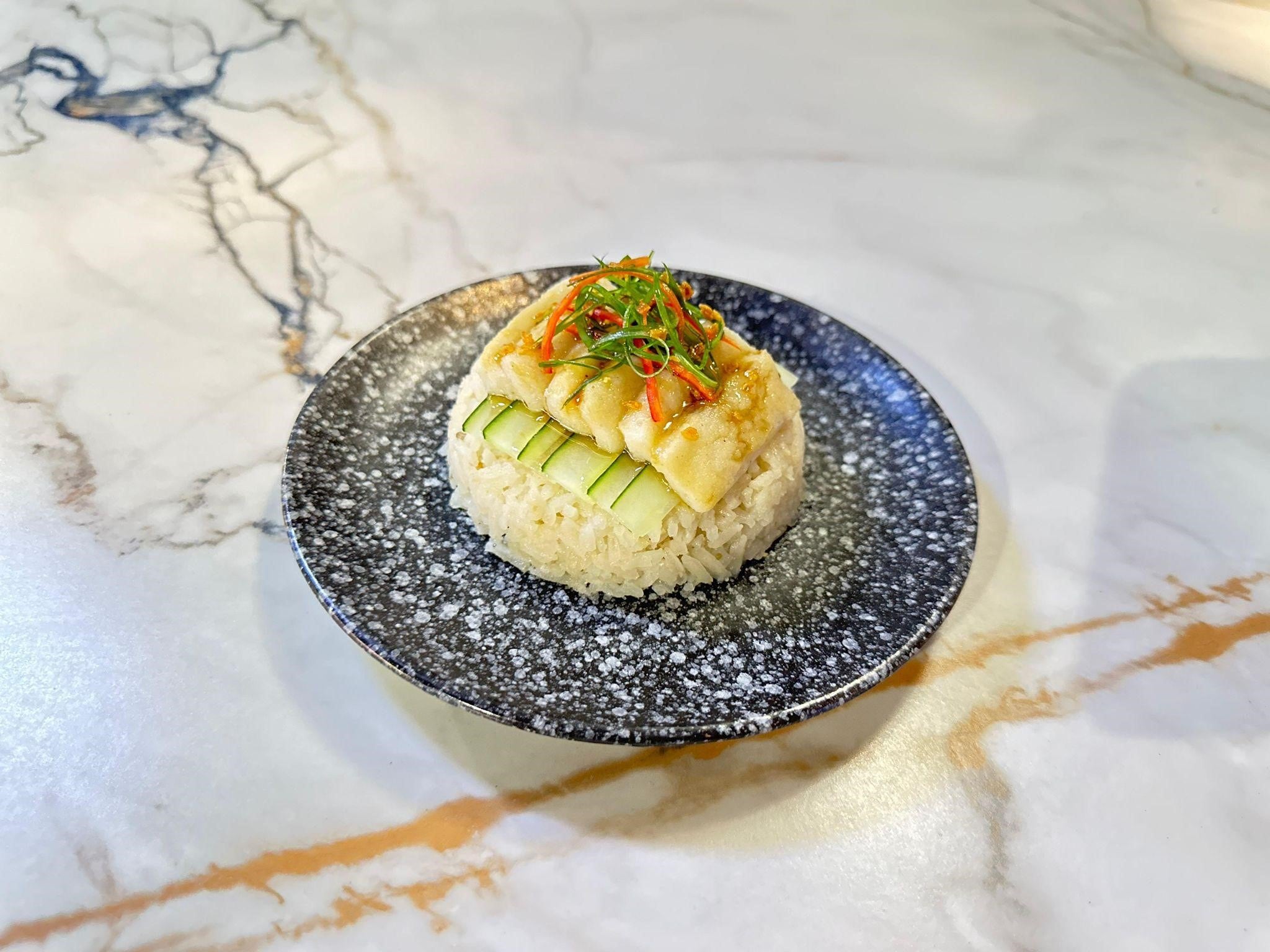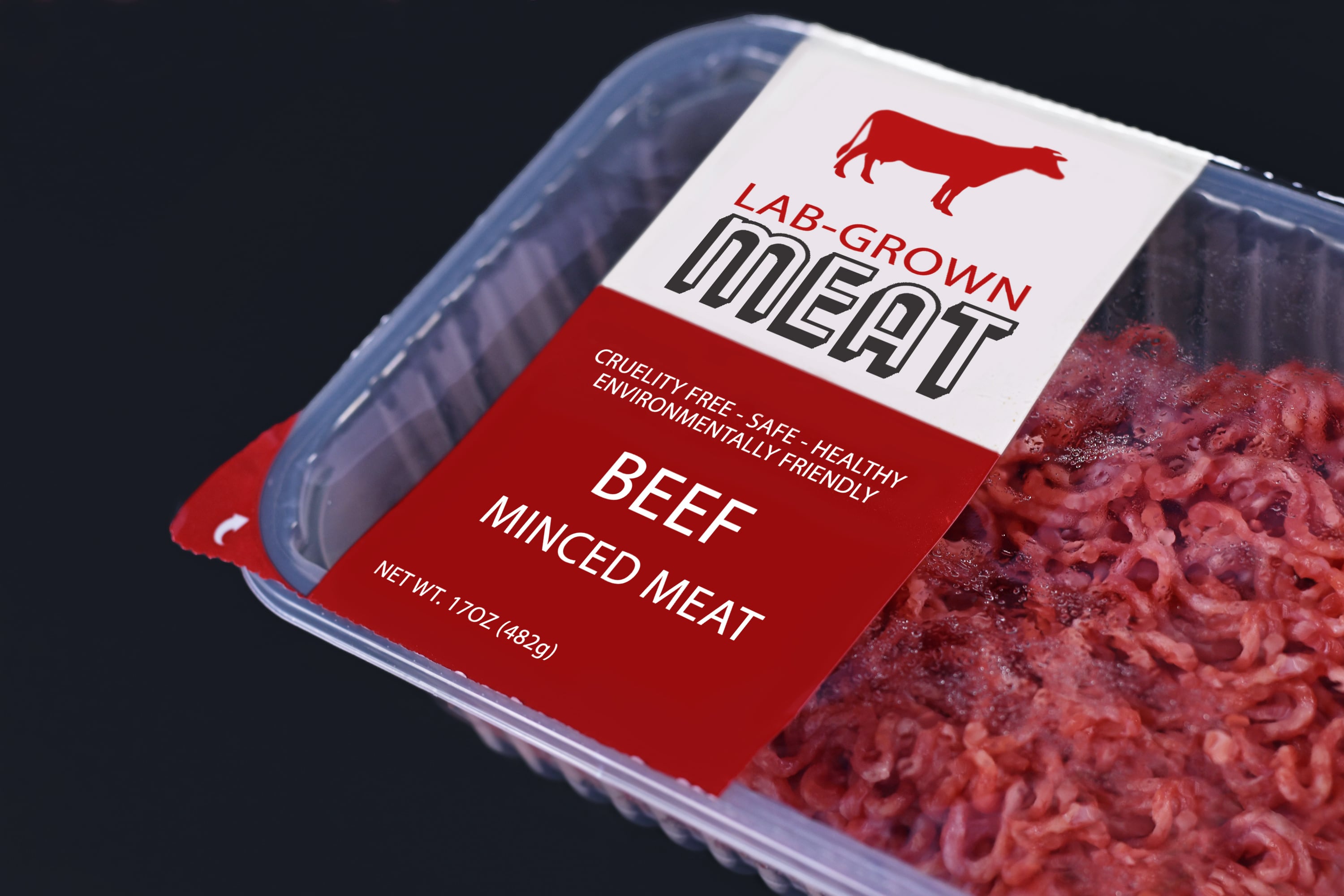The firm’s merger with Shiok Meats, completed in Q3 2024, combines Umami Bioworks’ expertise in fish alternatives with Shiok Meats’ cell-based crustacean technology. This has expanded Umami’s focus to include crustaceans, such as shrimp and prawn, a significant industry in Asia.
“The benefit of the work we’re doing with Shiok Meats is we can now also look at crustaceans,” said Mihir Pershad, CEO and founder of Umami Bioworks. “Shrimp farming is a massive business in this part of the world, so it’ll be useful for us to be able to work there as opposed to just with fish.”
While the cultivated crustacean R&D is still in its early stages, Pershad anticipates a clearer timeline to market by mid-2025. He acknowledged the long regulatory and manufacturing timelines associated with cultivated products but emphasised the importance of leveraging Umami’s expertise to address immediate industry challenges in the interim.
The company initially focused on genomics and understanding fish cell biology, which formed the foundation of its platform. By applying machine learning, it optimised cell line selection for cultivated seafood production, recognising similarities between cellular processes in fish and live seafood. This led to collaborations with traditional seafood businesses to address challenges in farming using their biological and technological expertise.
Currently, Umami Bioworks is prioritising solutions for seafood, leveraging their understanding of fish biology to tackle industry problems. Longer-term, it sees opportunities to expand into other areas like biopharma and bio-manufacturing, using their machine learning tools and automation to scale production efficiently.
Beyond cultivated seafood
The merger reflects a strategic evolution as the company’s platform could potentially solve diverse problems, said Pershad.
“Cultivated seafood is one thing among several that we can do with the technology we’re developing. This includes improving the manufacturability of products and addressing challenges in traditional seafood farming,” said Pershad. “So it doesn’t make sense to limit ourselves. We want to think like a lot of these new biotech companies doing drug discovery, where they found they can actually do many things at once.”
This philosophy is embodied in Umami’s multi-faceted platform, which combines genomics, machine learning, and process automation. Originally developed to understand fish cell biology for cultivated seafood, these tools have broader applications. By leveraging machine learning, Umami can identify superior cell lines for bioreactor growth – focusing on efficiency, faster growth, and reduced waste.
Pershad explained that these capabilities can address challenges in traditional seafood farming. For instance, identifying biomarkers through machine learning could help farmers breed fish resilient to environmental stressors or disease: “If somebody says, ‘I need help breeding something that is more warm-water resilient,’ we can help identify those genes.”
Tackling industry challenges
Pershad highlighted several issues plaguing the seafood industry, including outdated breeding techniques and inefficiencies in feed conversion. Disease resilience, for example, remains a pressing concern.
“Most of the seafood industry is using quite old breeding techniques. They have a lot of disease issues because they’re not able to select for more robust animals,” said Pershad.
Using the same technology applied in cancer research, Umami identifies biomarkers in fish to improve breeding programmes and streamline disease detection. Its technology can measure hundreds of biomarkers simultaneously – farmers can take a small blood sample, and within minutes, the system delivers actionable insights, Pershad explained.
This approach not only enables early disease detection but also improves operational efficiency. Farmers can decide whether to harvest early if fish show signs of potential illness, thus mitigating economic losses.
Another goal is to provide scalable manufacturing solutions for cultivated products, which includes climate-threatened resources.
For instance, Alaska’s snow crab fishery suffered catastrophic losses, with zero revenue reported for two years. “If we can produce snow crab, it addresses a supply problem for industries reliant on this species,” said Pershad.
Certain species, like snapper and grouper, are difficult to farm globally due to specific environmental requirements. Singapore, with its consistent water temperature, is one of the few places where snapper farming is feasible. Similarly, eel farming often involves catching juvenile eels from the wild, exacerbating their critically endangered status, added Pershad.
Using references like the IUCN Red List and ETP (Endangered, Threatened, Protected) classifications, the company prioritises species that need sustainable solutions. Traditional seafood brands, fisheries, and food manufacturers, such as Phillips in the US, Dongwon in Korea, and Maruha Nichiro in Japan, are examples of potential partners.
The ultimate goal is to scale these solutions responsibly, complementing declining wild catches and meeting future seafood demands.
Transforming the seafood value chain
Umami’s innovations have implications beyond farming. The company’s technology can enhance food safety testing across the seafood value chain, from farms to retailers.
“By making testing more accessible, we can extend this technology to food safety testing across the value chain,” Pershad said. This includes rapid pathogen detection, which is critical for ensuring product safety during transportation and distribution.
For example, a distributor could test fish for pathogens before it reaches consumers, avoiding costly recalls or legal disputes. “Where it normally would take a week or two to get the data back, distributors could do it themselves and receive results the same day.
This could transform how seafood companies monitor safety, reducing costs and delays associated with traditional lab testing methods, and strengthening consumer trust.
Product development and prospects
Another immediate outcome of the merger is an expanded product pipeline.
Umami Bioworks is set to prioritise white fish and tuna, alongside newly integrated crustacean products such as shrimp and crab. Regulatory approval for cell-cultured unagi (eel) is also underway, with initial launches targeted at specialty restaurants in Singapore.
“We’re tailoring products based on regional demands. For instance, white fish could cater to both US baked fish preferences and Asia’s steamed whole fish market,” said Pershad.
Umami also aims to address growing consumer concerns about food safety, health, and sustainability.
For example, seafood products that are free from contaminants like mercury and microplastics will be a significant draw for consumers.
While environmental concerns may not drive mass adoption, the promise of high-protein, omega-3-rich alternatives free from traditional seafood contaminants could appeal to health-conscious segments, said Pershad.
Looking ahead, Umami plans to scale up production and expand its reach, with a focus on Japan, Korea, and other key Asian markets. However, regulatory uncertainties could delay timelines outside Singapore.





